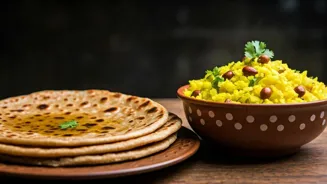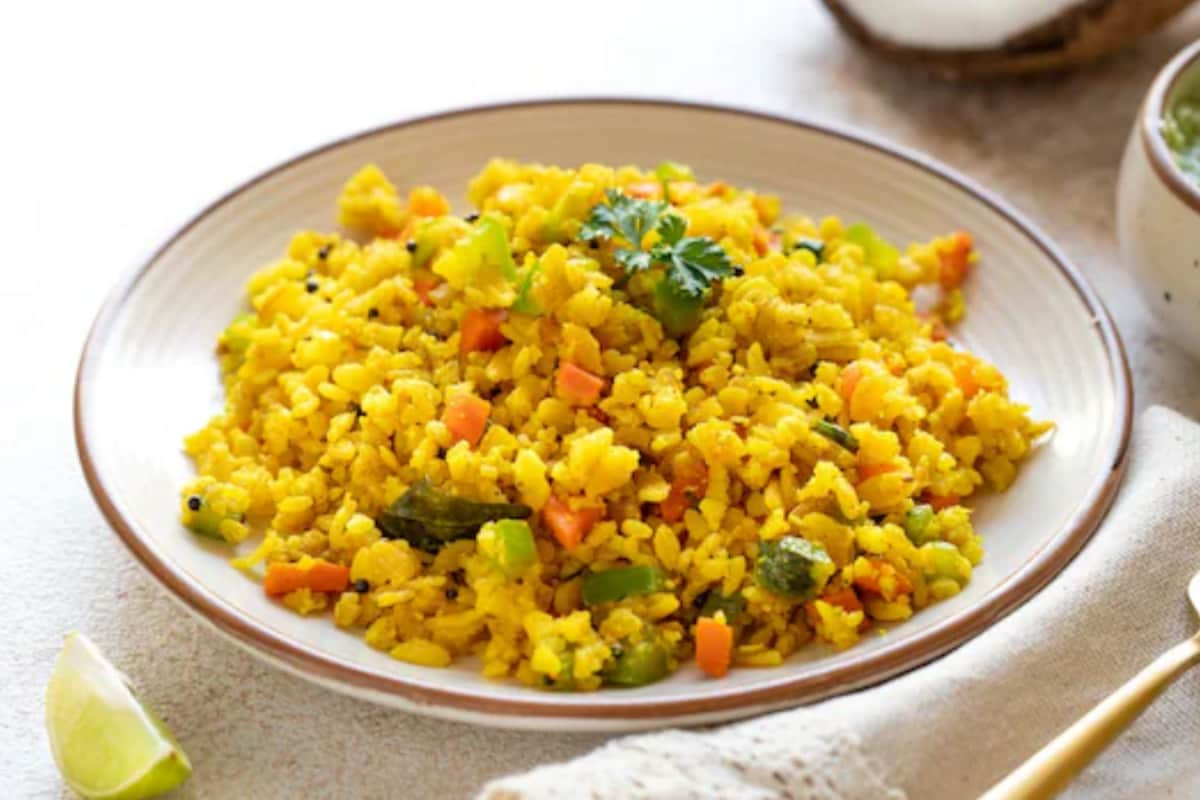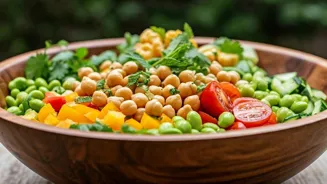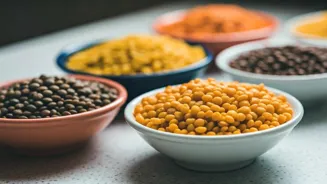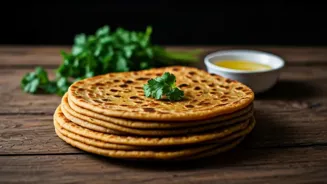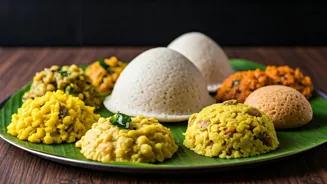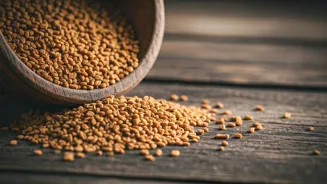Poha: The Basics
Poha, a beloved breakfast dish, is created from flattened rice flakes. These flakes are typically soaked to soften them, and then they are tempered with
mustard seeds, curry leaves, onions, and spices. This simple preparation makes it a light and easily digestible option. Poha is often considered a quick and easy breakfast, making it a popular choice for busy mornings. Furthermore, the preparation method allows for incorporating various vegetables, boosting its nutritional content. The versatility of poha allows for regional variations, with each region adding its own special touch to the dish. This makes it a diverse and adaptable breakfast option across different Indian households, as its ability to easily absorb flavors makes it a great base for many variations.
Paratha's Composition Revealed
Paratha, on the other hand, is a flatbread crafted from whole wheat flour. The dough is often enriched with ghee or oil, which lends a flaky texture. Parathas can be plain, or they can be stuffed with various fillings, such as potatoes (aloo), cauliflower (gobi), or paneer. This versatility in fillings and preparation makes parathas a more substantial breakfast option. Its preparation typically involves rolling out the dough, filling it, and then cooking it on a griddle until golden brown. The addition of fillings and ghee significantly adds to its calorie count. The choice of paratha and the way it is prepared often depends on regional preferences and availability of ingredients. For instance, a paratha can be filled with spice potato mixture, or it can be served with a side of yogurt and pickles.
Nutritional Face-Off
When considering the nutritional profiles, poha generally scores higher in certain areas. It tends to be lighter in calories and fat, especially if prepared with minimal oil. The primary ingredient, flattened rice, provides carbohydrates for energy. Poha can also be a source of iron, particularly when prepared with ingredients like onions and green chilies. However, the nutritional content can vary depending on the additions. Parathas, due to their ingredients and preparation, are usually higher in calories and fat. The use of ghee or oil and the addition of fillings contribute to this. Whole wheat flour provides fiber, which is beneficial for digestion. The nutritional value of a paratha is dependent on its filling, with some fillings being more nutritious than others. Generally, parathas offer a denser source of energy, which is helpful for some individuals depending on their needs.
Healthier Preparation Techniques
Both poha and paratha can be made healthier with thoughtful preparation methods. For poha, minimize the use of oil while tempering the ingredients. Adding vegetables like peas, carrots, and capsicum boosts the nutritional value. Using less oil while cooking and opting for healthy oil is key. Using brown rice flakes for the poha can further enhance its nutritional content. For parathas, you can use whole wheat flour and limit the amount of ghee or oil in the dough. Choosing healthier fillings, like vegetable-based ones, will also improve its nutritional content. Using a non-stick griddle can reduce the need for oil. The portion sizes can be controlled to manage the intake of calories. When consuming paratha, consider having it with a low-fat yogurt or raita, which helps to balance the meal.
Poha vs. Paratha: Verdict
The 'healthiest' choice between poha and paratha depends on your individual dietary needs and preferences. Poha generally has fewer calories and less fat, making it a lighter choice. However, paratha can be a good option, providing more energy and fiber. To make an informed choice, evaluate the ingredients and preparation methods. Both can be a part of a balanced diet if made with healthy ingredients and portion control. If you are watching your weight or have specific health goals, poha might be the preferred option. But if you are looking for a more filling breakfast, paratha, prepared healthily, can be a good choice. The best decision is to be conscious of what you are eating and making wise choices.
